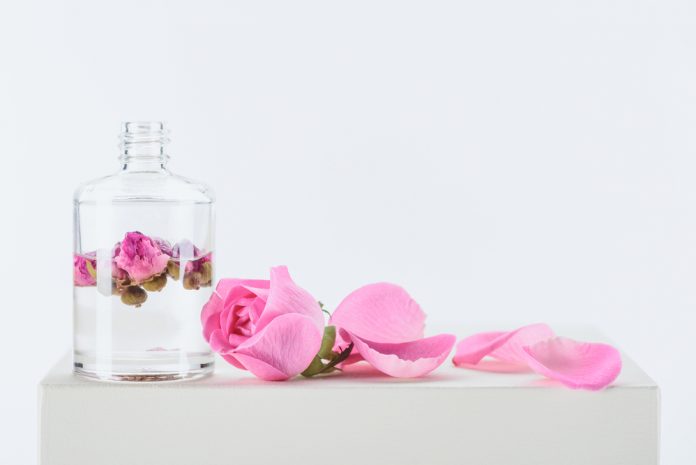
Aromatic waters, more commonly known as hydrosols or hydrolats in aromatherapy practice, have a number of health benefits; most people associate the therapeutic practice of aromatherapy with essential oils, but interest is growing in the use of aromatic waters. Once considered the by-product of the distillation of essential oils, aromatic waters are actually valuable commodities in their own right.
French Use of Aromatic Waters
Although many people are just realizing the healing potential of aromatic waters, the French have been using them for years. As a nation, France recognizes the powerful therapeutic effects of essential oils and French literature records the use of aromatic waters too (source: Aromatherapy for Health Professionals, Shirley Price, Len Price). Aromatic waters, such as rose and lavender, have been used in skincare and perfumery for centuries. Today, there is a wide range of aromatic waters available for use.
Common Names for Aromatic Waters
Aromatic waters are known by several other, more familiar, names; these include:
- essential waters – one of the oldest names in use
- floral waters – a commonly used name that does not take into account that not all aromatic waters are distilled from flowers; for example, sandalwood and cypress are aromatic waters obtained from trees
- hydrosols/hydrolats – both common terms used by aromatherapists to describe aromatic waters.
(source: Aromatherapy for Health Professionals, Shirley Price, Len Price)
Plants and Aromatic Waters
Aromatic waters are naturally obtained from plants; although it is often said that aromatic waters are the by-product of the distillation process used to obtain essential oils, it can also be said that essential oils are the by-product of the distillation process used to obtain aromatic waters (source: Aromatherapy: An A-Z, Patricia Davis). Davis cites the example of rose essential oil; there is a larger quantity of rosewater obtained through the distillation process than there is of rose essential oil. Aromatic waters are also obtained from plants that do not produce essential oil.
Uses of Aromatic Waters
Aromatic waters have many therapeutic properties but are predominately used for skincare and cosmetic purposes. Aromatic waters can also be used internally to treat a wide number of disorders but you should be trained in the practice of aromatic medicine (as oppose to general aromatherapy practice) in order to do so; it is also essential that you know the quality and source of the aromatic waters, in addition to an assurance that the aromatic waters are not synthetically produced.
Some of the uses of aromatic waters for your health include:
- skincare
- eyewashes
- pain control
- burns
- gargles
- hair rinses
- digestive …
DISCLAIMER: This article contains affiliate links, which means that if you click on one of the product links, Naturally Savvy will receive a small commission so we can keep pumping out amazing articles like this one. Thank you so much for your support!




